Home>Renovation & DIY>Home Renovation Guides>What Are Some Home Improvements Done To A Home With An Alzheimer’s Patient?


Home Renovation Guides
What Are Some Home Improvements Done To A Home With An Alzheimer’s Patient?
Modified: January 5, 2024
Discover essential home renovation guides for creating a safe and supportive environment for Alzheimer's patients. Learn about effective improvements and modifications.
(Many of the links in this article redirect to a specific reviewed product. Your purchase of these products through affiliate links helps to generate commission for Storables.com, at no extra cost. Learn more)
Creating a Safe and Supportive Home Environment for Individuals with Alzheimer's
Introduction
When a loved one is diagnosed with Alzheimer's disease, it's natural to want to provide the best possible care and support. Adapting the home environment to meet the specific needs of someone with Alzheimer's can significantly enhance their quality of life and safety. This comprehensive guide explores various home improvements that can be made to create a secure, comfortable, and supportive living space for individuals with Alzheimer's.
Caring for someone with Alzheimer's presents unique challenges, and it's essential to address the specific requirements associated with the disease. By making thoughtful modifications to the home, caregivers can help reduce confusion, minimize safety risks, and promote independence for their loved ones. From simplifying the layout to incorporating safety features and utilizing memory aids, there are numerous strategies that can be implemented to create an environment that fosters well-being and enhances the overall quality of life for individuals with Alzheimer's.
In this guide, we'll delve into the practical steps and considerations involved in renovating a home to accommodate the needs of someone with Alzheimer's. From optimizing lighting to enhancing accessibility, each aspect of home improvement plays a crucial role in creating a safe and supportive living space. By implementing these changes, caregivers can provide a nurturing environment that promotes familiarity, reduces stress, and supports the well-being of their loved ones living with Alzheimer's. Let's explore the various home improvements that can make a meaningful difference in the lives of both caregivers and individuals with Alzheimer's.
Key Takeaways:
- Creating a safe and supportive home environment for individuals with Alzheimer’s involves removing clutter, securing dangerous areas, and simplifying the layout to minimize confusion and promote independence.
- Integrating safety features, memory aids, and enhancing accessibility within the home can significantly improve the quality of life for individuals with Alzheimer’s, providing a comforting and reassuring living space.
Read more: What Home Improvements Should Be Done First
Creating a Safe Environment
Creating a safe and secure environment is paramount when it comes to home renovations for individuals with Alzheimer’s. The goal is to minimize potential hazards and provide a comforting space that promotes a sense of familiarity and independence.
Removing Clutter: Clutter can be overwhelming for individuals with Alzheimer’s. Clearing out unnecessary items and organizing belongings can create a more serene and navigable living space. It’s essential to keep walkways and living areas free from obstacles to reduce the risk of falls and confusion.
Sensory Considerations: Individuals with Alzheimer’s may experience heightened sensitivity to noise, light, and other sensory stimuli. Choosing soothing colors for walls and decor, incorporating soft lighting, and minimizing loud noises can contribute to a calming and comfortable environment.
Securing Dangerous Areas: It’s crucial to secure potentially hazardous areas such as staircases, balconies, and outdoor spaces. Installing safety gates, locks, or barriers can prevent accidental falls and injuries, providing peace of mind for both the individual with Alzheimer’s and their caregivers.
Creating Restful Spaces: Designating a tranquil area for relaxation and rest can be beneficial. Comfortable seating, soft textiles, and familiar items can contribute to a soothing atmosphere, offering a retreat for moments of relaxation and calm.
Encouraging Independence: While prioritizing safety, it’s important to maintain a balance that allows for independence. Clear labeling of drawers and cabinets, easy-to-reach items, and accessible storage solutions can empower individuals with Alzheimer’s to engage in daily activities with confidence.
By focusing on these key aspects, caregivers can transform their homes into safe and supportive environments that cater to the unique needs of individuals with Alzheimer’s. These modifications not only enhance safety but also contribute to a comforting and reassuring living space, ultimately improving the overall well-being of those affected by the disease.
Simplifying the Layout
Creating a simplified and intuitive layout within the home can significantly reduce confusion and frustration for individuals with Alzheimer’s. By streamlining the environment, caregivers can enhance the individual’s ability to navigate their living space independently.
Open Floor Plans: Open layouts with clear pathways can minimize disorientation and make it easier for individuals with Alzheimer’s to move around the home. Removing unnecessary furniture and creating unobstructed pathways can contribute to a more navigable environment.
Designating Functional Areas: Clearly defining different areas for specific activities can help individuals with Alzheimer’s understand and engage in daily routines. For example, distinct areas for dining, relaxation, and recreation can provide clarity and structure within the home.
Visual Cues: Incorporating visual cues such as contrasting colors and clear signage can aid in orientation. Using color-coded labels for different areas or items, as well as utilizing recognizable symbols, can support cognitive recognition and understanding.
Minimizing Distractions: Simplifying the visual environment by reducing unnecessary decorations and visual clutter can help individuals with Alzheimer’s focus on essential elements within their surroundings. A less chaotic setting can contribute to a calmer and more manageable living space.
Centralizing Essential Items: Organizing frequently used items in easily accessible and consistent locations can reduce confusion and frustration. Placing commonly used items such as utensils, toiletries, and clothing in designated, easily reachable areas can enhance independence and confidence.
By implementing these layout simplification strategies, caregivers can create a more comprehensible and user-friendly home environment for individuals with Alzheimer’s. These modifications aim to reduce cognitive load, enhance spatial awareness, and foster a sense of autonomy within the familiar surroundings of the home.
Installing Safety Features
Integrating safety features into the home is essential to mitigate potential risks and provide a secure living environment for individuals with Alzheimer’s. These modifications aim to prevent accidents, promote independence, and offer peace of mind for both the individual and their caregivers.
Secure Handrails and Grab Bars: Installing sturdy handrails along staircases and in bathrooms, as well as incorporating grab bars near toilets and bathing areas, can prevent falls and assist individuals with Alzheimer’s in navigating these spaces safely.
Accessible Bathing Solutions: Consider implementing walk-in showers or baths with built-in seating to simplify the bathing experience. Non-slip flooring and handheld showerheads can further enhance safety and comfort during personal care routines.
Door and Window Locks: Securing doors and windows with reliable locks and alarms can prevent individuals with Alzheimer’s from wandering unsupervised, reducing the risk of elopement and ensuring their safety within the home.
Stove and Appliance Safety: Utilizing stove knob covers, automatic stove shut-off devices, and appliance locks can minimize the risk of kitchen accidents. These safety features help prevent burns, fires, and other hazards associated with cooking and kitchen appliances.
Smoke and Carbon Monoxide Detectors: Ensuring that the home is equipped with functioning smoke and carbon monoxide detectors is crucial for early hazard detection. Regularly testing and maintaining these devices is essential for the safety and well-being of everyone in the household.
Emergency Response Systems: Consider investing in personal emergency response systems that allow individuals with Alzheimer’s to call for help in case of an emergency. These wearable devices provide added security and prompt assistance when needed.
By incorporating these safety features, caregivers can create a protective and supportive home environment that minimizes potential hazards and maximizes the individual’s safety and well-being. These modifications not only enhance the overall safety of the home but also contribute to a sense of reassurance and security for both the individual with Alzheimer’s and their caregivers.
Install grab bars in the bathroom, remove tripping hazards, use contrasting colors for better visibility, and consider installing a security system for safety.
Using Memory Aids
Memory aids play a crucial role in supporting individuals with Alzheimer’s by helping them navigate their daily routines, recall important information, and maintain a sense of independence within their living environment. These aids can range from simple visual cues to advanced technological solutions, all designed to enhance cognitive function and reduce anxiety.
Visual Reminders: Utilizing visual cues such as labeled drawers, cabinets, and storage containers can assist individuals with Alzheimer’s in locating and identifying items. Clear, easy-to-read labels and visual prompts contribute to a more organized and understandable living space.
Digital Calendars and Reminders: Implementing digital calendars, reminder apps, and electronic devices with pre-set alarms can help individuals with Alzheimer’s keep track of appointments, daily tasks, and medication schedules. These tools provide gentle prompts and support their ability to maintain a structured routine.
Familiar Objects and Photographs: Displaying familiar objects, family photographs, and cherished mementos can evoke positive memories and a sense of comfort for individuals with Alzheimer’s. These items serve as tangible connections to their personal history and can contribute to a reassuring and familiar living environment.
Memory Journals and Notebooks: Encouraging the use of memory journals or notebooks allows individuals with Alzheimer’s to record important information, thoughts, and reflections. These written aids can serve as valuable memory prompts and provide a sense of continuity and self-expression.
Voice-Activated Assistants: Integrating voice-activated devices equipped with virtual assistants can assist individuals with Alzheimer’s in accessing information, playing music, setting reminders, and engaging in interactive activities. These devices offer voice-command functionality and can provide cognitive stimulation and entertainment.
Medication Management Systems: Utilizing pill organizers, automated medication dispensers, and reminder systems can support individuals with Alzheimer’s in managing their medications independently. These systems help reduce the risk of missed doses and provide added reassurance for both the individual and their caregivers.
By incorporating these memory aids into the home environment, caregivers can empower individuals with Alzheimer’s to maintain a sense of autonomy and cognitive function. These aids not only support memory and cognition but also contribute to a comforting and familiar living space, ultimately enhancing the individual’s overall well-being and quality of life.
Improving Lighting
Optimizing the lighting within the home is essential for individuals with Alzheimer’s, as it can significantly impact their safety, mood, and overall well-being. Thoughtful lighting modifications aim to create a well-lit, comfortable, and visually supportive environment that enhances visibility and reduces potential confusion.
Natural Light Enhancement: Maximizing natural light by keeping windows unobstructed and utilizing sheer curtains can create a bright and uplifting atmosphere. Exposure to natural light can help regulate circadian rhythms and contribute to a sense of connectedness with the outdoor environment.
Ample Illumination: Ensuring that living spaces are well-lit with adequate overhead and task lighting can improve visibility and reduce shadows, minimizing the risk of misperceptions and falls. Bright, evenly distributed lighting can enhance spatial awareness and promote a sense of security.
Contrast and Color: Incorporating color contrast between walls, furniture, and flooring can aid individuals with Alzheimer’s in distinguishing different elements within their surroundings. Using contrasting colors for light switches, door frames, and essential fixtures can enhance visual recognition and orientation.
Automatic Lighting Systems: Implementing motion-activated or timer-based lighting systems can provide added convenience and safety. These systems can automatically illuminate pathways, entryways, and essential areas, reducing the need for manual operation and enhancing overall visibility.
Bedside Lighting: Installing adjustable bedside lamps or nightlights can offer a comforting and easily accessible lighting option during nighttime hours. These gentle sources of illumination can reduce disorientation and provide a sense of security during the evening and early morning.
Non-Glare Fixtures: Choosing lighting fixtures with non-glare diffusers or shades can minimize harsh reflections and glare, creating a more soothing and visually comfortable environment. Non-glare lighting solutions can reduce visual discomfort and promote a sense of ease within the home.
By focusing on these lighting enhancements, caregivers can create a well-lit and visually supportive home environment that caters to the specific needs of individuals with Alzheimer’s. These modifications not only promote safety and visibility but also contribute to a comforting and reassuring living space, ultimately enhancing the overall well-being of those affected by the disease.
Enhancing Accessibility
Enhancing accessibility within the home is crucial for individuals with Alzheimer’s, as it promotes independence, reduces frustration, and minimizes potential safety hazards. By making thoughtful modifications to improve accessibility, caregivers can create a supportive and user-friendly environment that caters to the unique needs of those living with Alzheimer’s.
Wider Doorways and Hallways: Expanding doorways and hallways can facilitate easier navigation for individuals with mobility aids or those who require additional space to move comfortably. Wider passages can reduce feelings of confinement and enhance overall mobility within the home.
Low-Threshold Transitions: Installing low-threshold transitions between rooms and areas can minimize tripping hazards and facilitate seamless movement. Smooth transitions between flooring surfaces contribute to a safer and more accessible living environment.
Accessible Storage Solutions: Utilizing pull-out shelves, adjustable-height cabinets, and storage organizers can enhance accessibility to everyday items. These solutions make it easier for individuals with Alzheimer’s to reach and retrieve essential items without encountering physical obstacles.
Adaptive Furniture: Incorporating adjustable and adaptive furniture, such as recliner chairs with lift assistance or adjustable-height tables, can accommodate varying mobility needs. These furniture options provide comfort and support for individuals with Alzheimer’s, promoting independence and ease of use.
Barrier-Free Showers: Installing barrier-free or curbless showers with built-in seating can simplify bathing routines and enhance safety. These accessible shower designs eliminate the need to step over high thresholds, reducing the risk of slips and falls.
Smart Home Technology: Integrating smart home features, such as voice-activated lighting, automated temperature control, and remote door locks, can enhance accessibility and convenience. These technological advancements offer intuitive control and promote independence within the home environment.
By focusing on enhancing accessibility, caregivers can create a more inclusive and accommodating living space for individuals with Alzheimer’s. These modifications not only promote independence and safety but also contribute to a reassuring and supportive environment, ultimately improving the overall quality of life for those affected by the disease.
Conclusion
Adapting a home to meet the specific needs of individuals with Alzheimer’s is a compassionate and impactful endeavor that can significantly enhance their quality of life and well-being. By implementing a range of thoughtful home improvements, caregivers can create a safe, supportive, and comforting environment that promotes familiarity, independence, and peace of mind for both the individual with Alzheimer’s and their caregivers.
From simplifying the layout and enhancing accessibility to incorporating safety features and utilizing memory aids, each modification plays a crucial role in creating a nurturing and accommodating living space. These renovations are designed to minimize confusion, reduce safety risks, and support the individual’s cognitive and physical abilities within their familiar surroundings.
It is essential to recognize that the home environment serves as a central hub for daily activities, personal routines, and emotional well-being. Through the optimization of lighting, the implementation of safety measures, and the integration of accessible features, caregivers can foster a sense of security and comfort that positively impacts the individual’s daily experiences.
Ultimately, the goal of these home improvements is to empower individuals with Alzheimer’s to navigate their living space with confidence, engage in meaningful activities, and maintain a sense of independence. These modifications not only address the immediate needs of the individual but also contribute to a supportive and inclusive environment that promotes their overall well-being and quality of life.
By embracing the principles of empathy, understanding, and proactive care, caregivers can create a home environment that serves as a sanctuary—a place where individuals with Alzheimer’s can feel safe, supported, and connected to the familiar elements of their lives. Through these meaningful renovations, caregivers can make a profound difference in the daily lives of their loved ones living with Alzheimer’s, fostering an environment that prioritizes comfort, security, and a sense of belonging.
Frequently Asked Questions about What Are Some Home Improvements Done To A Home With An Alzheimer's Patient?
Was this page helpful?
At Storables.com, we guarantee accurate and reliable information. Our content, validated by Expert Board Contributors, is crafted following stringent Editorial Policies. We're committed to providing you with well-researched, expert-backed insights for all your informational needs.




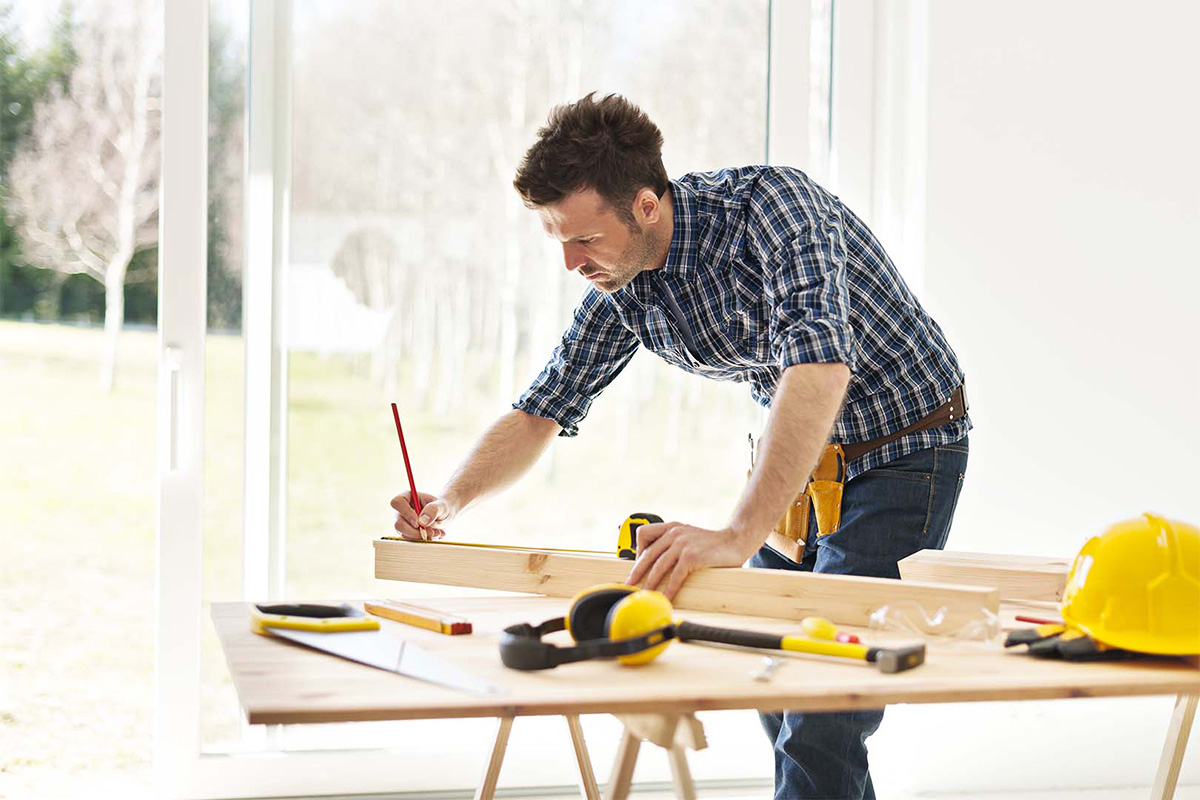

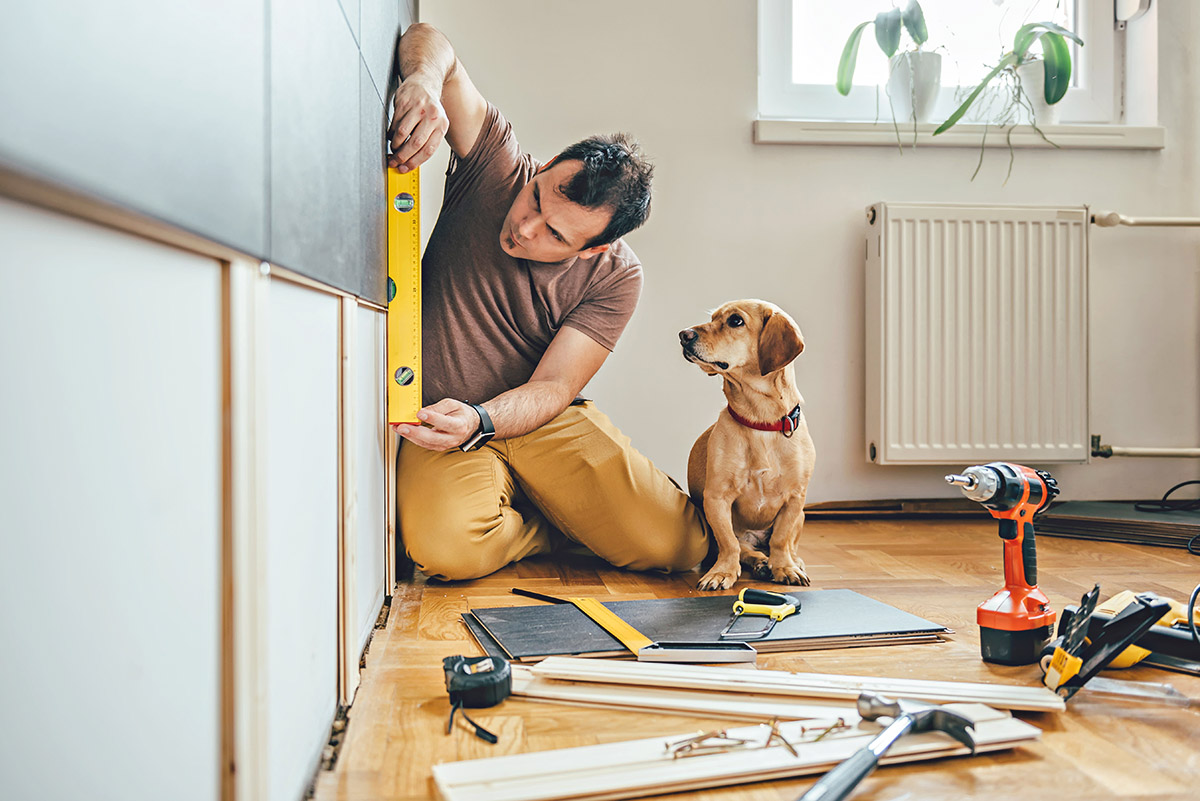

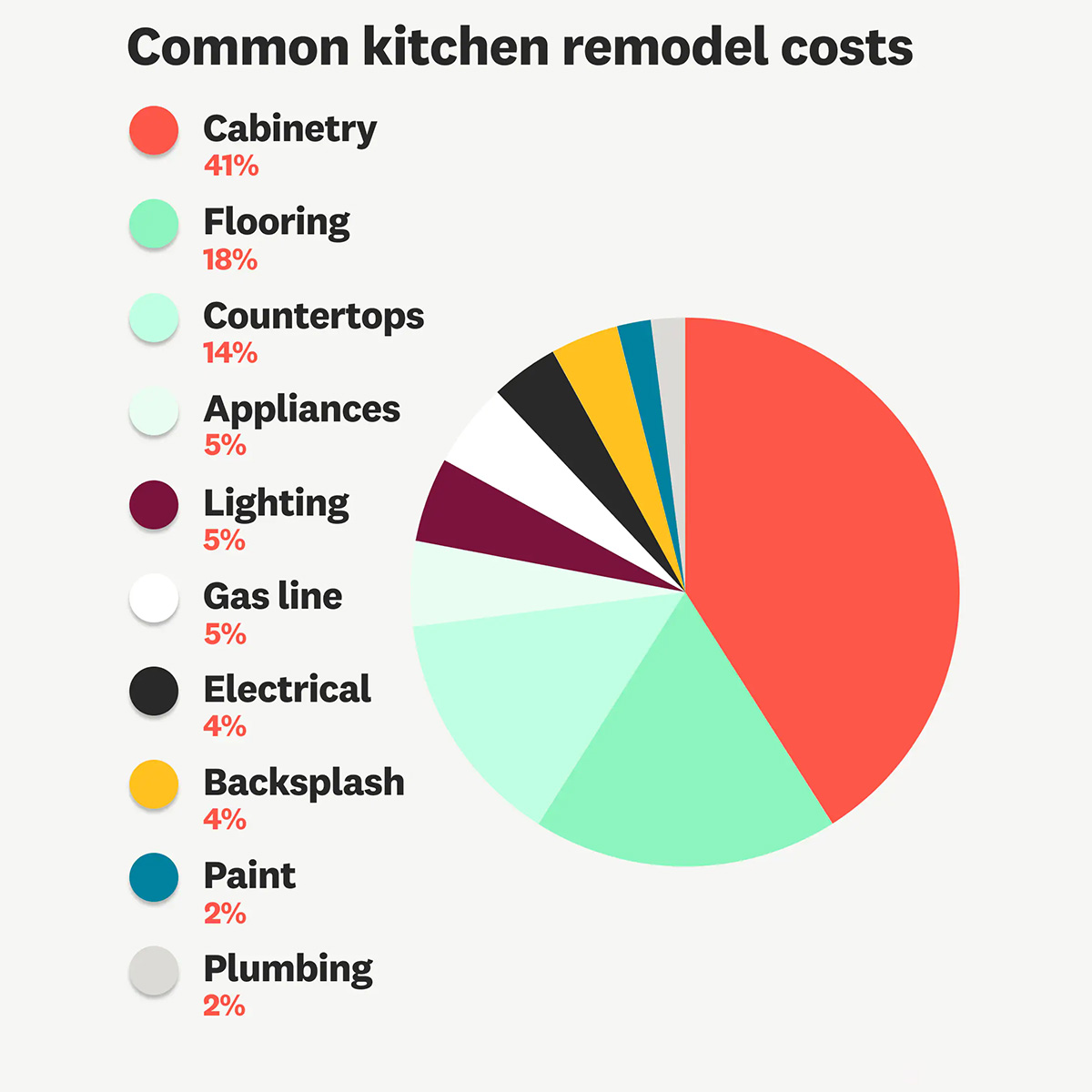

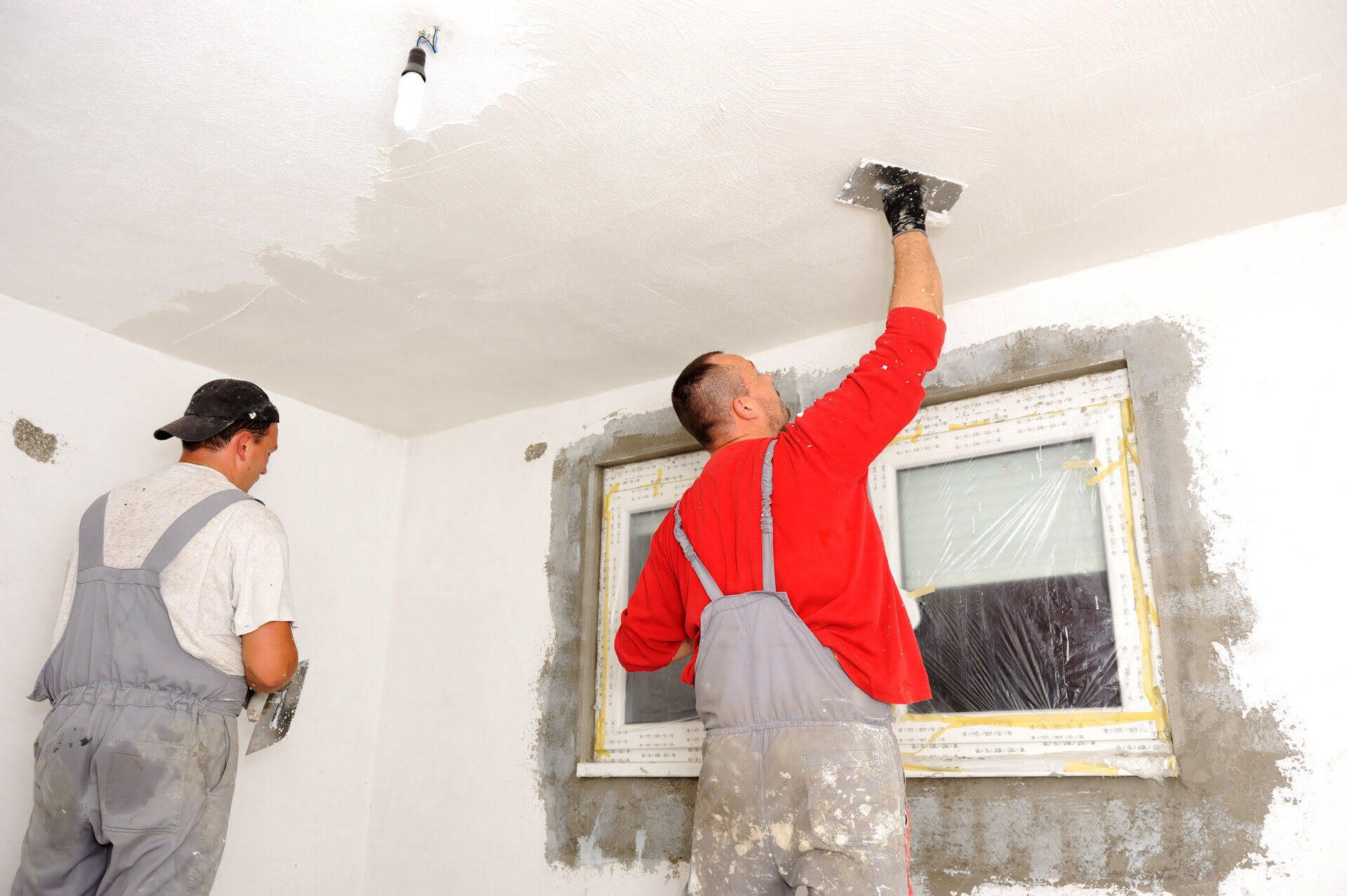
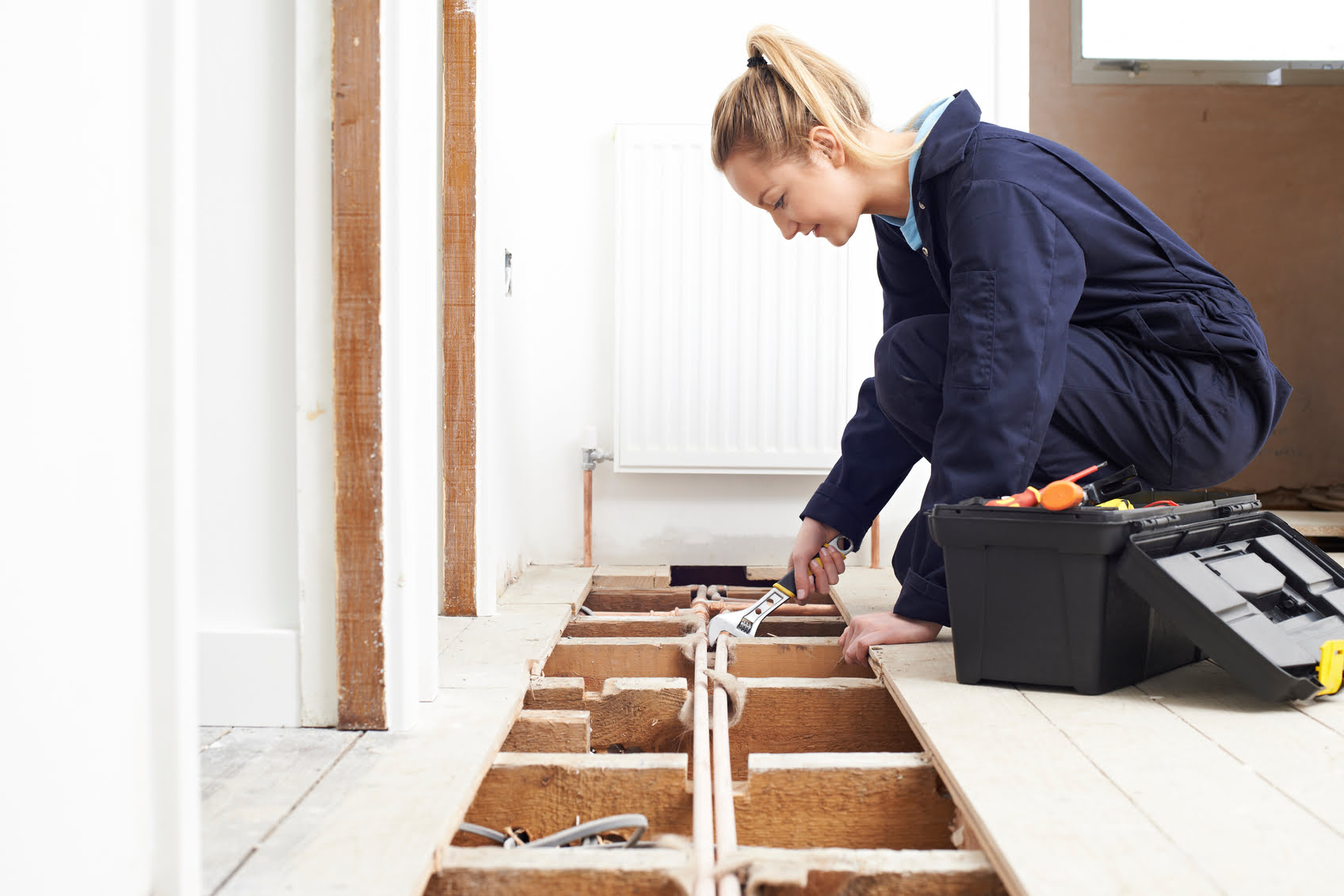

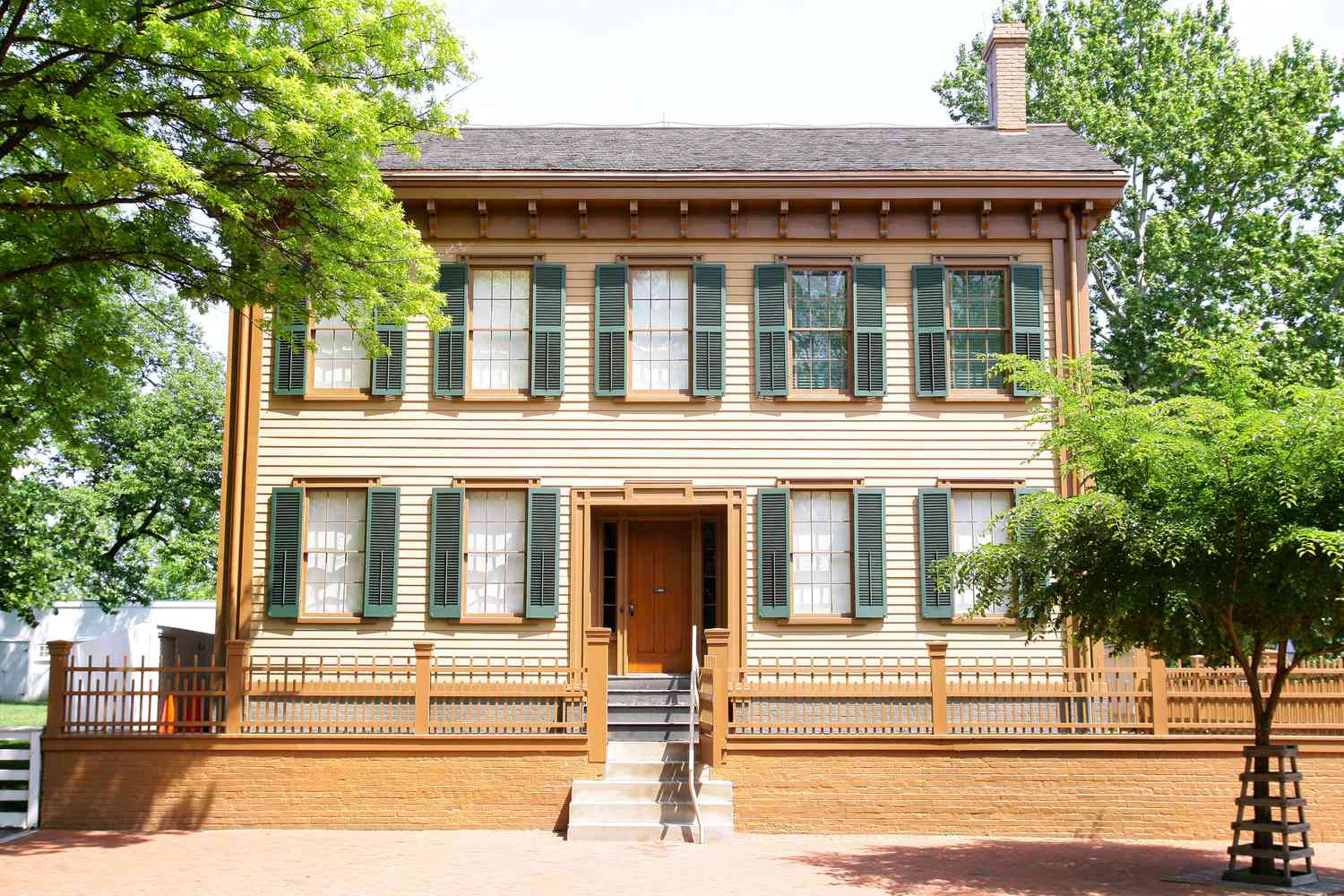

0 thoughts on “What Are Some Home Improvements Done To A Home With An Alzheimer’s Patient?”